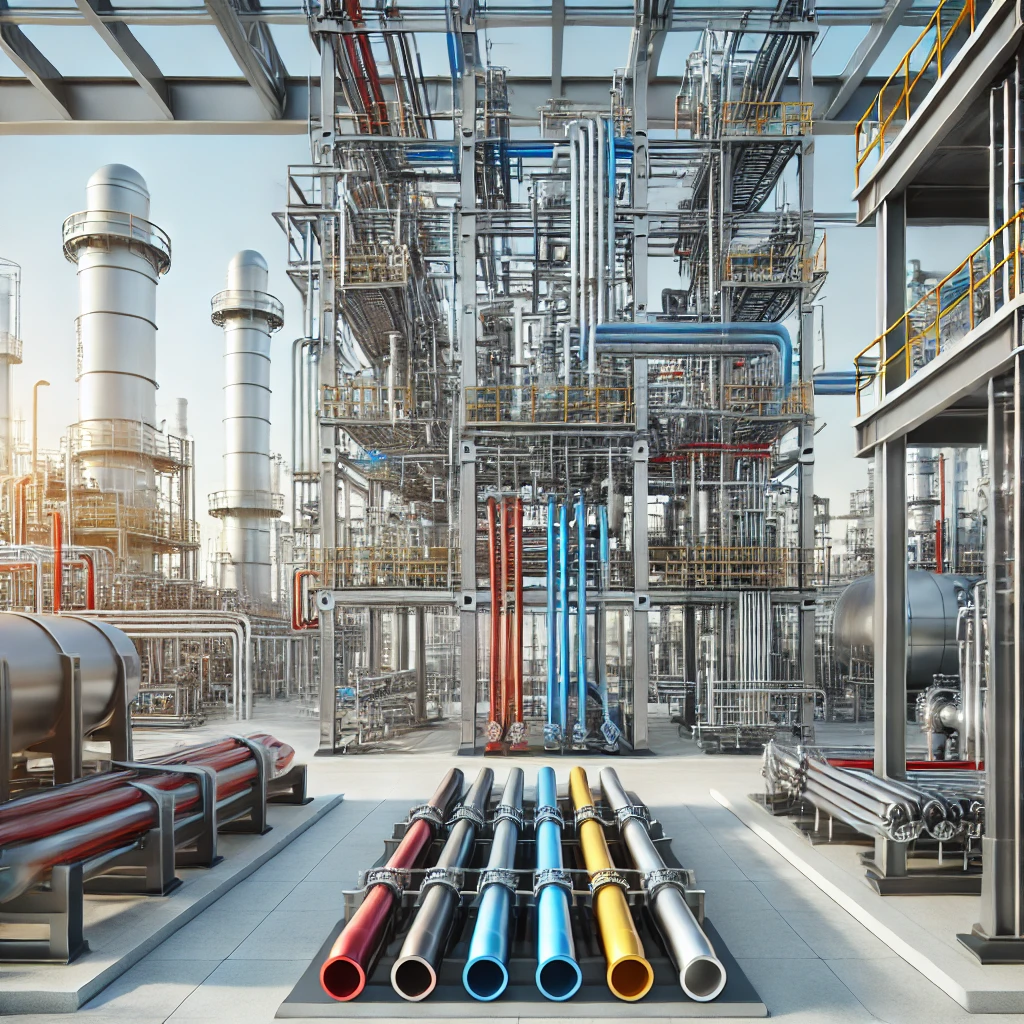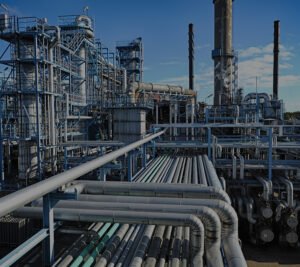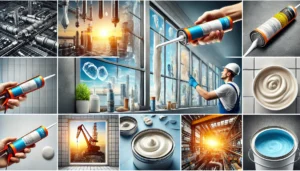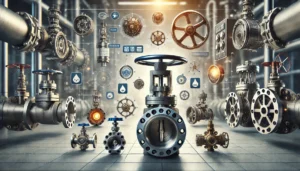Railing Systems (Rack system) are fundamental parts for a construction of a modern process plant which allow displacement of pipe, cables, and utilities fluids and gases throughout the plant. They are essential in effective functioning of the plant, space maximization and even safety concerns. Throughout the years, the designs of pipe racks has changed considerably due to the use of more complex materials, engineering practices, and later on adopting the more advanced issues through the use of relevant digital tools which come along with the increasing complexity of industrial processes.
In this post, together with some informative pipe rack’s evolution pictures, let’s discuss about the vital priorities in the construction of modern pipe racks and their importance in industrial plants nowadays.
History of Development of Pipe Supporting Structures
The way workers have piped racks developed has shifted from working g with basic steel frames to now sophisticated building blocks that can cater for other requirements. Back in the days, the racks were built for most practicality and hardly on amount of work that would be needed to alter them or make upgrades. However, as the size of the plants increased and started connecting to each other, engineers began to combine features such, as modular activity, load management and changing safety enhancements.
Today, a pipe rack is designed by making use of CAD, which helps to model various loads, thermal shifts and any stresses that may arise during thermodynamic cycles. As a result, the design fulfills only the present functional requirements but also paves the way for future growth. The construction phase has also been aided by the use of patent-pending technology because it lowers labor costs and time vested in the project.
Design Aspects to be Noted for Pipe Racks
Together, the pipes, the pipe insulation, the isolation fluids as well as the restrained items on the pipe rack all have a combined weight that the rack needs to bear. Such needs design the racks such that they calculate loads for design withstanding dynamic forces during operations like thermal variance or seismic activities. All of this, engineers will calculate all of these loads to determine how far the pipe rack will be used, which is a positive aspect of safety.
Another important aspect is choosing the right materials. Most often than not, strength is required hence structural steel is most used. However, due to their corrosive environment in chemical plants and offshore facilities, the steel can be replaced by stainless steel or steel covered with anti-corrosive layers. This will ensure that the integrity of the pipe rack would span through its service life in great condition.
In designing a pipe rack, the optimization of available space is another important aspect. Different lines are constructed taking into consideration their function, temperature, and pressure in order to avoid cross-interference. For instance, lines carrying hot steam will be run away from those carrying cold water lines to reduce thermal stress. Electrical cables and control systems are installed on separate trays on top of or below the pipe racks so that they do not lie on there fluid lines.
The Need for Flexibility and Safety
In order to satisfy the increasing production trend, process plants have to be continuously expanded or altered. New flexible pipe rack designs have modular elements which greatly enhance functionality, so that it is possible to add portions or alter them while the processes are working. Such adaptability is important in many industries, more so in oil and gas industry, as the rate of production may not be stagnant through out.
In all of its designs, safety has always been a basic requirement. Controlled clearances are also provided to facilitate access to the pipes by maintenance personnel for repairs and even inspections. Thermal spray fireproofing materials are utilized on the identified fire-prone areas, and safety factors are provided for in the design against chances of unpredictable stresses. Furthermore, pipe racks are regularly equipped with sensors for instantaneous evaluation on load, heat and stress placement on the framework as well as for structural issues.
The Functionality of Pipes in Having Fluid Flow
Pipes rakes make work easier as they give room for the movement of fluids and gas in the rigid movement of pipes. This way it simplifies the piping systems, decreases the drop in pressure and advocates for constant flow. For example, in a refinery, pipe racks promote the transportation of crude oil, steam and cooling water among the processing units which makes it more convenient.
Moreover, pipe racks help in reducing space in a given plant by bringing together several utilities in one structure. This especially applies to sites where space is a constraint, be it urban or offshore sites. Also, the chances of damage due to activities near the ground such as vehicular motion or flood water are minimized by elevated pipelines, making the pipe rack a better alternative.
The Future of Pipe Rack And Spacer Designs
Current pipe racks have improved in terms of functioning due to various advancements and innovations. For instance, the application of 3D modeling and simulation techniques in engineering significantly aids in the analysis of load patterns and the occurrence of interference at an early stage in the design process. The supply of ready-made parts for constructions sites is increasing in order to decrease the time and costs associated with the construction. These parts are manufactured off the site and are assembled on the site to promote faster completion and better quality control.
An additional advancement comes in the form of ‘smart sensors’ which allow the real time monitoring of load, temperature and vibrations. It is a known fact that sensors are capable of identifying the signs of stress or wear and tear, which aids the operators of the plant to take care of these problems ahead of time and avoid expensive shut-downs. Such technologies have made pipe racks as the most reliable and adjustable throughout history.
Problems with Designing Pipe Racks
There are certain problems with designing pipe racks and even though there are problems, there are many advantages as well. Engineers are required to incorporate various aspects such as environmental conditions, wind loads and even seismic activity to ensure that the structure remains stable. In chemical plants, the use of corrosive materials means that additional protection is required, such as coatings or special materials, during construction.
The other concern is meeting the specific requirements of various process units, for instance, the high temperature lines may incorporate an expansion joint or a sliding support to accommodate for thermal expansion while on the lower temperature lines, iisulation may be needed to prevent freezing/ condensation . Incorporating all of these together in the one framework is challenging and must be executed carefully.
Conclusion
Another requirement for a modern process plant is the ability to convey fluids, ensuring safety and space economy; to this end, pipe racks are the best option. The transformation from simple frames to advanced modular systems exemplifies the growth of industrial operations. Pipe racks these days have become much more efficient and flexible due to the adoption of advanced concepts such as 3D modelling, smart sensors, and pre-fabricated parts.
Whether it’s operating in a refinery environment or a space constrained offshore facility, pipe racks are necessary for the efficient working of process plants. Good pipe rack design requires money but will always improve production and safety measures while preparing the facility for future growth and challenges.










